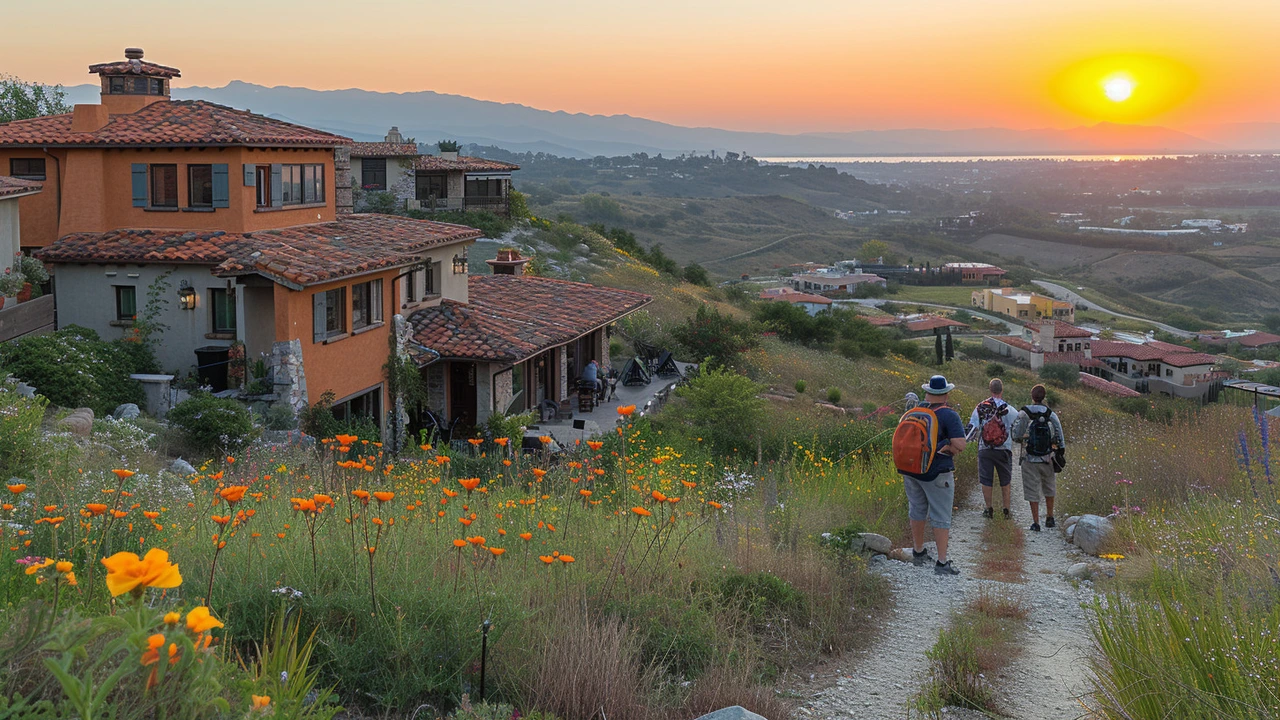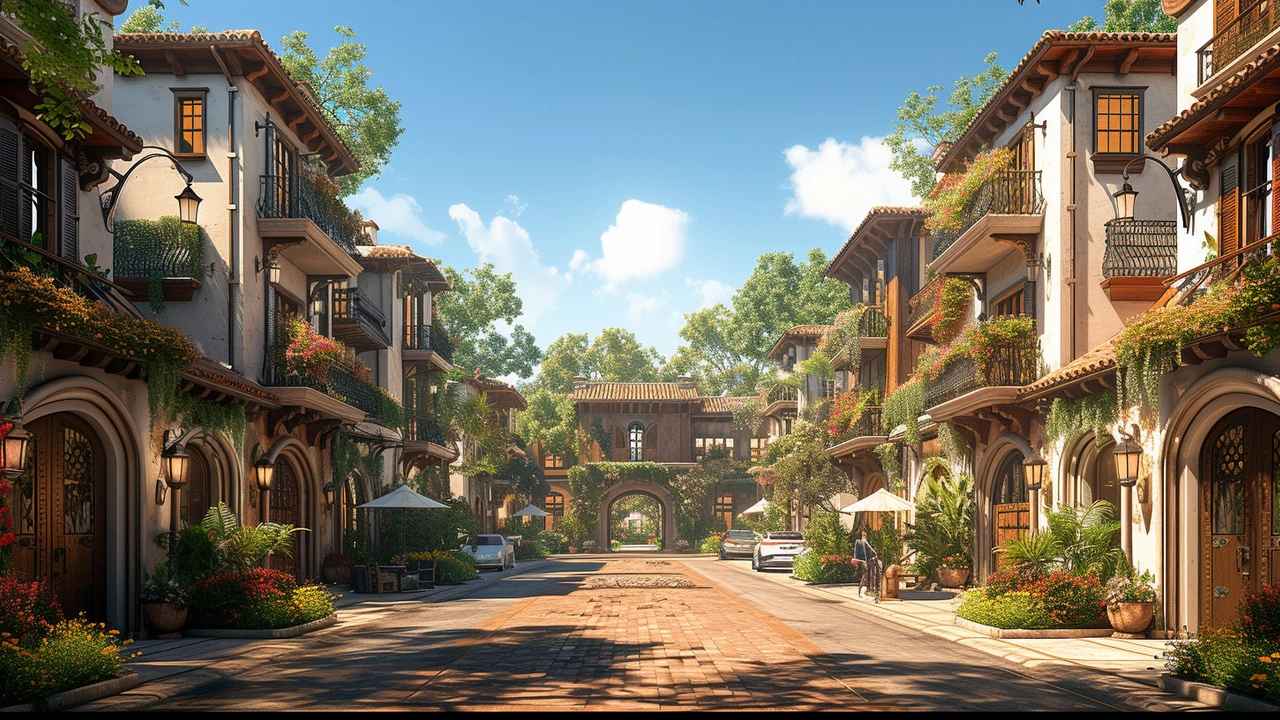Hey there, fellow architecture lovers! Have you ever stopped to marvel at the romantic, old-world elegance of Mediterranean Revival architecture? I find myself constantly drawn to those red-tile roofs, stucco walls, and grand archways that whisper tales from a bygone era. It's incredible how these designs continue to capture our hearts, isn't it? Join me as I delve into the enduring allure and significance of this fascinating architectural style that seems to withstand the test of time, blending seamlessly into our modern landscapes.
Mediterranean Revival Architecture: How to Spot It and Use It at Home
Want the warm, sun-soaked look of a Mediterranean villa without moving to the coast? Mediterranean Revival architecture gives you that relaxed yet elegant feel. Born in the early 20th century from Spanish, Italian, and Moorish influences, the style fits sunny climates and works surprisingly well in many regions when adapted correctly.
Key features to look for
Spotting this style is easier than you think. The main visual cues are simple and repeat across many homes:
- Stucco exterior walls in light, warm tones — cream, sand, soft white.
- Low-pitched clay tile roofs in red or terracotta that shed heat and look classic.
- Arched windows and doorways that soften the facade and frame light.
- Wrought-iron balconies, railings, and window grilles for detail and texture.
- Courtyards, loggias, and covered patios that blur indoor/outdoor living.
- Terracotta or patterned tile floors, exposed wooden beams, and shuttered windows inside.
Those features are not just decorative. Clay tiles and stucco perform well in hot, dry climates by keeping interiors cooler. Courtyards and covered porches create shade and cross-ventilation, reducing the need for constant air conditioning.
How to use Mediterranean Revival ideas today
If you want the look without a full rebuild, start small and practical. Swap roof shingles for clay tiles on a porch or entry to make a noticeable impact. Replacing a plain door with an arched one instantly changes the house’s personality. Add a small courtyard with potted citrus, a tiled fountain, or a pergola to create a focal point and outdoor room.
Inside, terracotta or patterned ceramic tiles in entryways and kitchens bring warmth. Keep furniture simple and natural — leather, wood, and woven rugs complement the style without feeling old-fashioned. For a modern twist, pair Mediterranean textures with clean, neutral furnishings and matte black metal accents.
On the practical side, hire an experienced stucco contractor and check roof flashing and underlayment before adding heavy clay tiles. Use breathable exterior paints and proper insulation behind stucco to avoid trapped moisture in cooler climates. Maintain wrought iron with periodic rust-proofing and clean tiles to prevent moss buildup if you live in a wetter area.
Mediterranean Revival architecture works best when you respect its climate-smart origins but adapt details to your local weather and budget. Try one change — a tiled entry, a shaded pergola, or a courtyard fountain — and you’ll see how a single element can shift the whole feel of your home toward that relaxed, timeless charm.
As a fan of architecture, I've always been fascinated by the appeal of Mediterranean Revival architecture. This sophisticated design choice gaining popularity everywhere! Marrying history with luxury, it gives homes a unique aesthetic that's grand yet welcoming. This timeless architectural style can transform any property into a seaside villa, even if it's in the heart of the city. So, continue reading and explore the appeal of Mediterranean Revival architecture with me.
Hi there! Today, we're diving into the world of Mediterranean Revival Architecture, a historical architectural renaissance that still has a significant impact today. We'll investigate its unique features, roots, and influence on modern design. This journey will cover various captivating aspects such as the style's popularity in the 1920s and 1930s and its revival in contemporary architecture. So, buckle up for a trip back in time, exploring the architectural prowess of the Mediterranean Renaissance.



